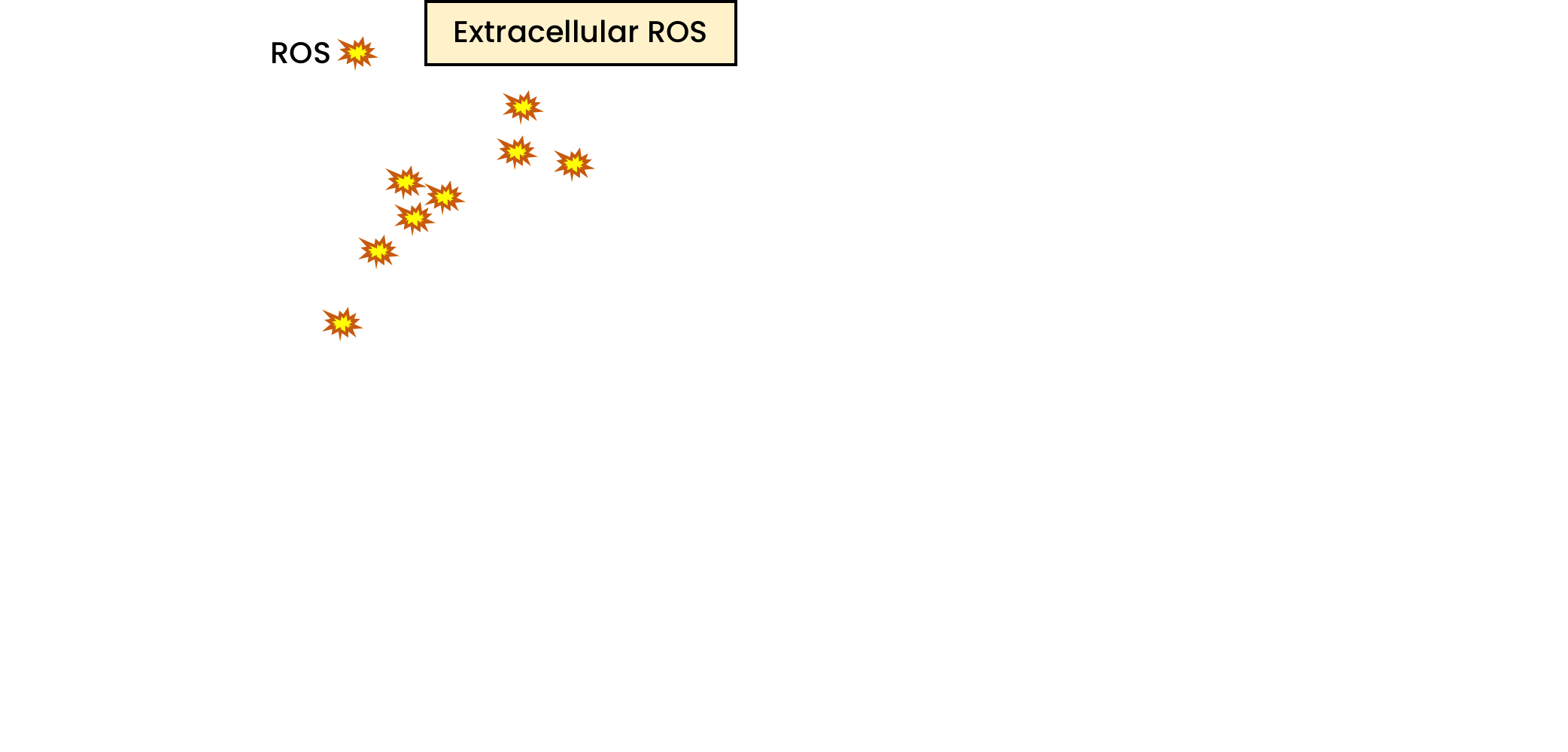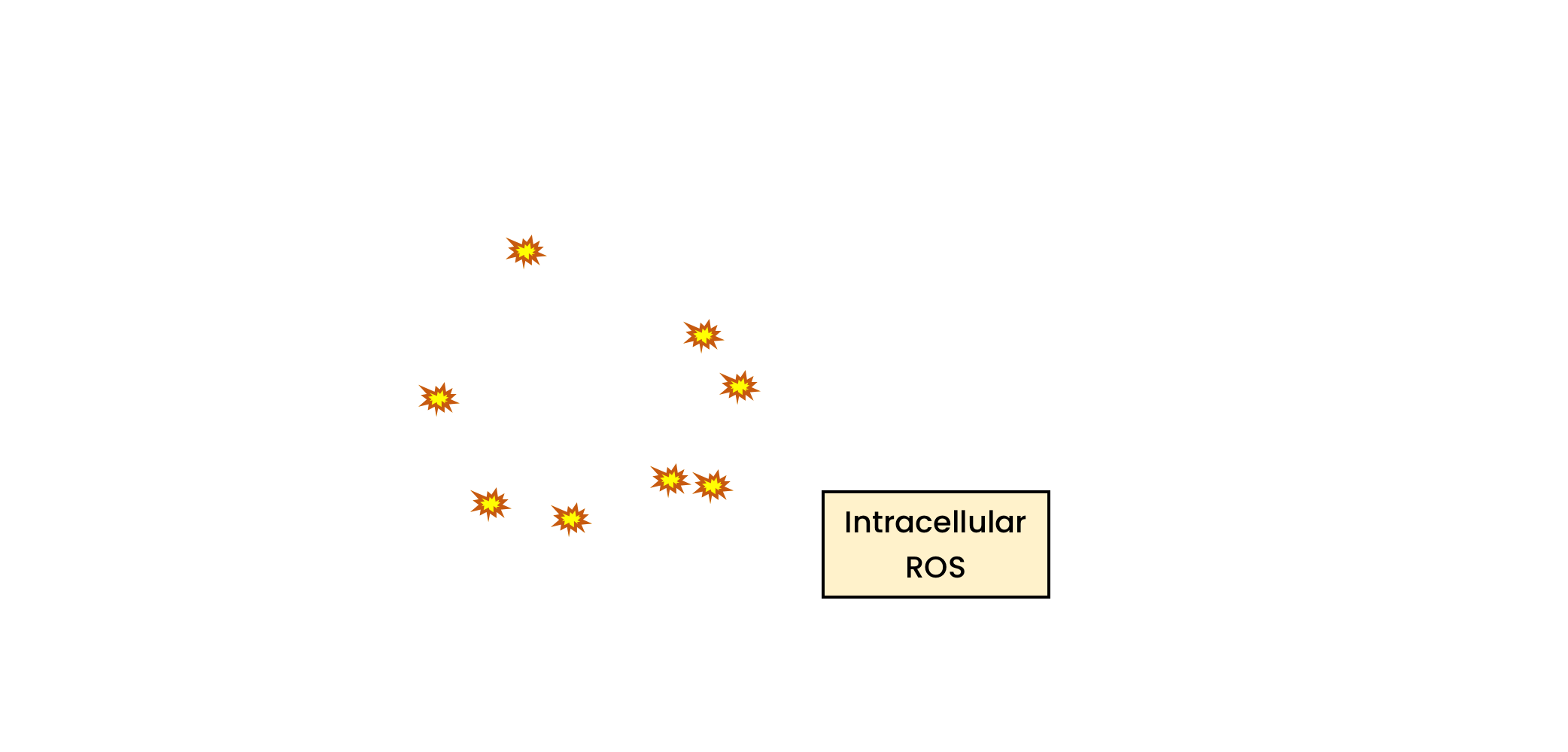Disulfiram (DSF): anti-alcoholism drug used by millions of patients for more than 70 years

- Targets a wide range of cancers on chelation with divalent metal ions such as Copper (Cu) or Zinc (Zn)
- Forms a stable complex with Cu that selectively induces cell death in kills cancer cells– spares normal cells
- Effective against a wide range of cancers at low nanomolar doses
- Importantly, DSF/Cu specifically eradicates drug resistant Cancer Stem Cell population and blocks the migration and invasion of cancer cells at low doses
- Inhibits NF-kB signalling
- Modules immune regulation – IL2 activation, T cell activation
- Proteasome inhibition
- Modulating expression of Proteins related to proteasome degradation pathway
Many studies have indicated that the levels of copper in both serum and tumour tissues are remarkably elevated in cancer patients in comparison to healthy individuals. Significantly higher copper levels in serum are strongly correlated with the stage and progression of multiple cancers. Copper regulation in cancers is emerging as an attractive target for anti-cancer drug development and there are two main approaches: using copper chelators which reduces the bioavailability of copper by directly binding to copper, or by using copper ionophores which increases the intracellular levels of copper and exerts antitumor effects via production of reactive oxygen species (ROS), proteasome inhibition, and apoptosis (programmed cell death).
Disulfiram is the most extensively studied copper chelator because of its established safety profile, easy availability, low cost, and less adverse effects than anticancer drugs. Disulfiram in combination with copper, has been shown to be cytotoxic to cancer cells and can eradicate cancer stem cell (CSC) populations in various cancers which are responsible for cancer chemoresistance and relapse. with little or no toxicity to normal cells. Disulfiram + copper is also shown to reverses acquired/induced anticancer drug resistance and enhance the anticancer effect of various first line anticancer drugs, with little or no toxicity to normal cells.
The reaction between disulfiram and copper at the tumour site generates extracellular ROS and damage the membrane proteins. The formation of disulfiram + copper complex (copper diethyldithiocarbamate or CuDDC) outside the cell and transportation of CuDDC through cell membrane in addition to increased influx of copper via the copper transporter protein (CTR1), further triggers the intracellular ROS mediated mitochondrial damage and DNA damage leading to apoptosis. CuDDC also inhibits the proteasome activity via the NPL4/p97 segregase pathway leading to inhibition of NFkB pathway. Cancer stem cells are known to express high levels of Aldehyde dehydrogenase (ALDH), a ROS scavenging enzyme and P-glycoprotein mediated drug efflux mechanisms that enables them to have multidrug resistance leading to relapse or metastasis. Disulfiram and CuDDC are specific inhibitors of ALDH enzyme in their antialcoholism activity and are further known to inhibit P-glycoprotein pumps. Collectively, all the above negatively effects the cancer cell survival and maintenance of stemness and resistance thereby sensitizing the cells to ROS and other anticancer drug mediated damage, eventually leading to cancer cell death.






